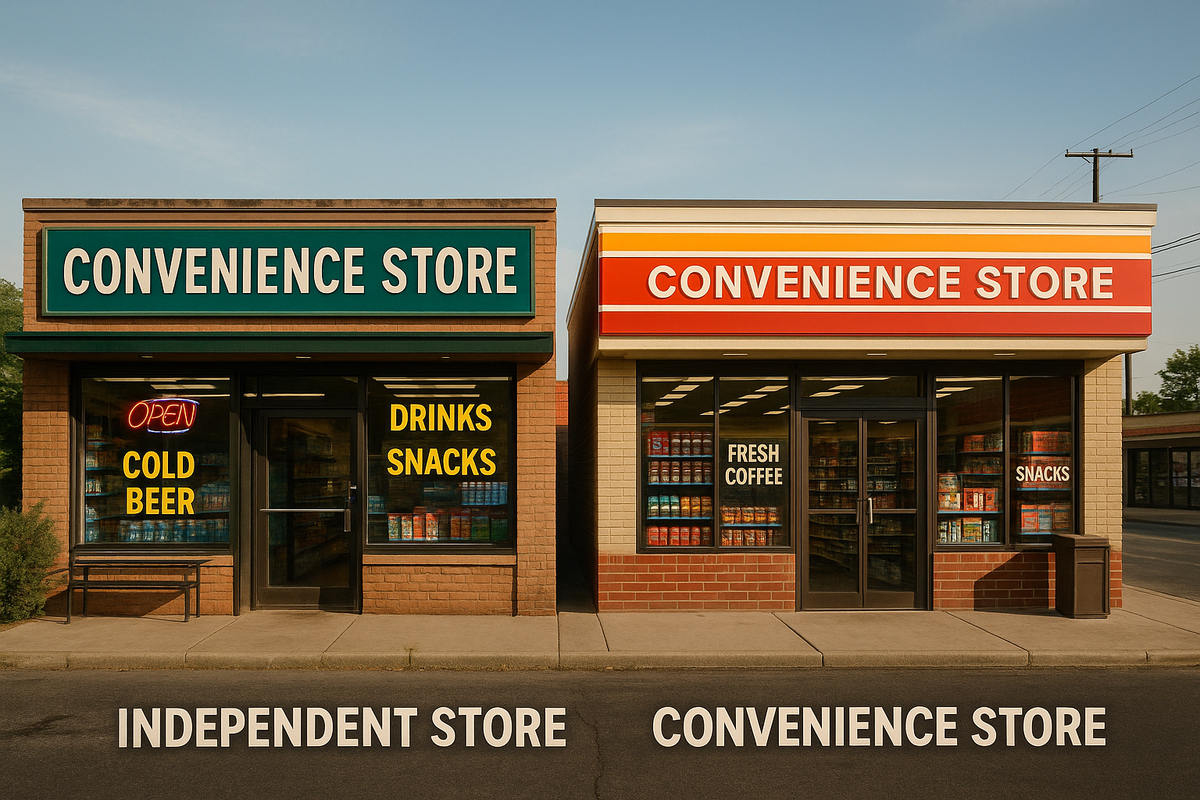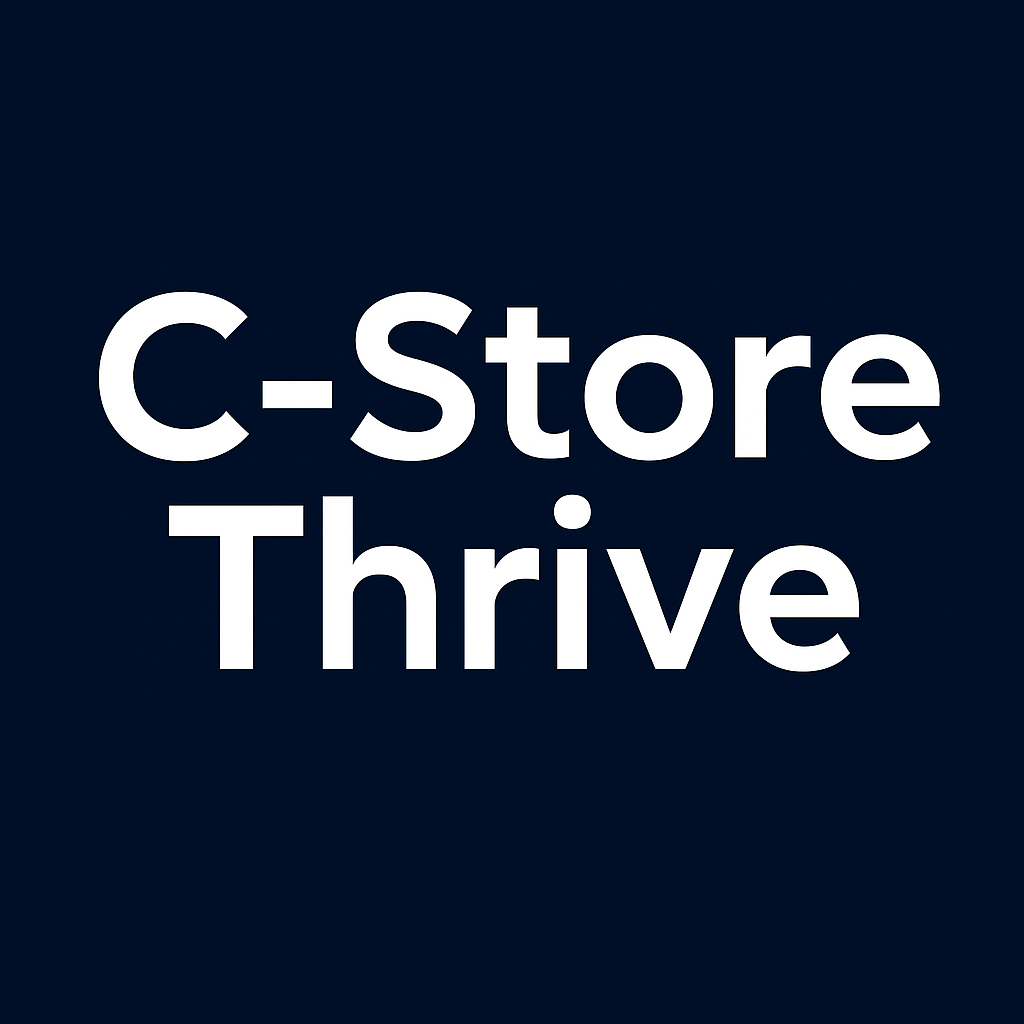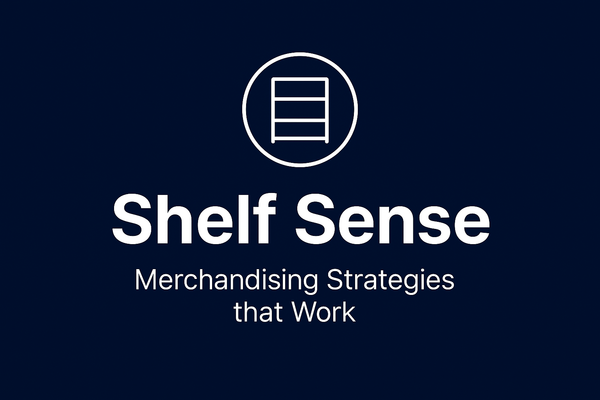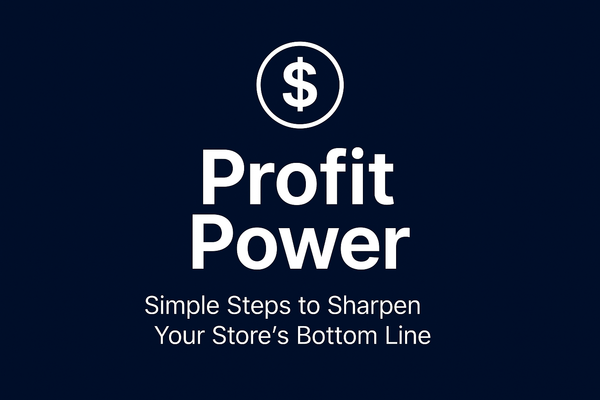Differences Between Independent and Chain Convenience Stores
Understanding the differences between independent and chain convenience stores can shape your workday, paycheck, and career path. Independent stores offer a family vibe with personal service, while chains provide structure, benefits, and advancement opportunities.

Single Store vs Chain Operations Series
Introduction
Let’s face it—no two convenience stores are exactly alike. Some feel like a second home, where the owner knows your name and your favorite snack. Others are part of a big, shiny chain, with everything in its place and a loyalty app to boot. For employees, understanding the differences between independent and chain convenience stores isn’t just trivia—it can shape your workday, your paycheck, and even your career path.
Defining Independent vs. Chain Convenience Stores
First things first: what’s the difference? In the industry, an independent convenience store is usually a single-store operation or a small group—think less than 11 stores—owned and run by an individual or family. These stores are often the heart and soul of a neighborhood, with the owner rolling up their sleeves right alongside employees.
On the flip side, a chain convenience store is part of a bigger group, typically with 11 or more locations. Chains can be corporately owned or franchised, but either way, they follow a playbook set by headquarters. Of course, there are gray areas—some “mini-chains” blur the lines, but most stores fit pretty neatly into one camp or the other.
Ownership and Management Structure
When it comes to who’s calling the shots, the difference is night and day. Independents are usually owner-operated. The boss is often right there, stocking shelves or chatting with customers. Decisions get made on the fly, and there’s not much red tape.
Chains, meanwhile, run on structure. There’s a corporate office, district managers, and layers of supervisors. Employees follow set procedures, and changes—big or small—have to go through the proper channels. For some, that’s a comfort; for others, it can feel a bit stiff.
Product Selection and Sourcing
Here’s where things really start to diverge. Chains have muscle when it comes to buying products. They order in bulk, score better deals, and keep shelves stocked with the same snacks and drinks from coast to coast. That means lower prices and a familiar selection, no matter where you stop.
Independents, though, buy from wholesalers or local distributors. They might pay a bit more, but they’ve got the freedom to try new things—local sodas, homemade pastries, or whatever the regulars are craving. It’s a trade-off: less consistency but more personality.
Customer Experience and Service
Walk into an independent store, and you might get a hearty “Hey, how’s it going?” from the owner or a longtime clerk. These stores thrive on personal service and community ties. Some even let regulars run a tab or special-order favorite items.
Chains, meanwhile, focus on consistency. The service is friendly but less personal, and there’s usually a loyalty program or app to keep customers coming back. You know what to expect, but you might not get that “home away from home” feeling.
Pricing and Promotions
When it comes to prices, chains often have the upper hand. Thanks to their size, they can offer lower prices and run frequent promotions—think two-for-one deals or points for every purchase. Their marketing is slick, and their brand is everywhere.
Independents can’t always match those prices, so they rely on unique offerings and their local reputation. Maybe it’s the best breakfast taco in town or a hard-to-find energy drink. They might not have flashy ads, but word of mouth goes a long way.
Employee Experience
So, what’s it like to work at each type of store? At an independent, things tend to be laid-back. Employees often wear many hats—stocking, ringing up customers, maybe even helping with orders. The owner’s usually close by, and there’s a family feel. But benefits and advancement? Those can be limited.
Chains, on the other hand, are more structured. There are clear policies, training programs, and sometimes better benefits—health insurance, paid time off, and room to move up the ladder. The work might be more routine, but there’s a path for those who want to make a career out of it.
Community Impact
Independents are often woven into the fabric of their neighborhoods. They sponsor local events, support nearby schools, and know their customers by name. When the community needs something—say, extra milk during a snowstorm—they’re quick to respond.
Chains have a broader reach and can bring jobs and reliable service to more places. But their community involvement is usually more corporate, and they might not have the same personal touch. Still, they play a big role in local economies, especially in areas where independents have faded away.
Challenges and Advantages
Chains have strength in numbers. They weather tough times better, negotiate lower prices, and roll out new tech faster. But they can be slow to adapt and sometimes lose that local flavor.
Independents are nimble. They can try new products, change up the store layout, or host a community event at the drop of a hat. But they face stiff competition, higher costs, and the constant pressure to keep up.
Conclusion
At the end of the day, both independent and chain convenience stores have their perks and pitfalls. For employees, it’s all about finding the right fit. Want a family vibe and more variety in your day? An independent might be your cup of tea. Looking for stability, benefits, and a clear path forward? A chain could be the way to go.
Knowing the ins and outs of each model can help employees make smart choices—whether they’re just starting out or looking for the next big opportunity. And who knows? Maybe the next article in this series will help you master inventory management, no matter where you work.





